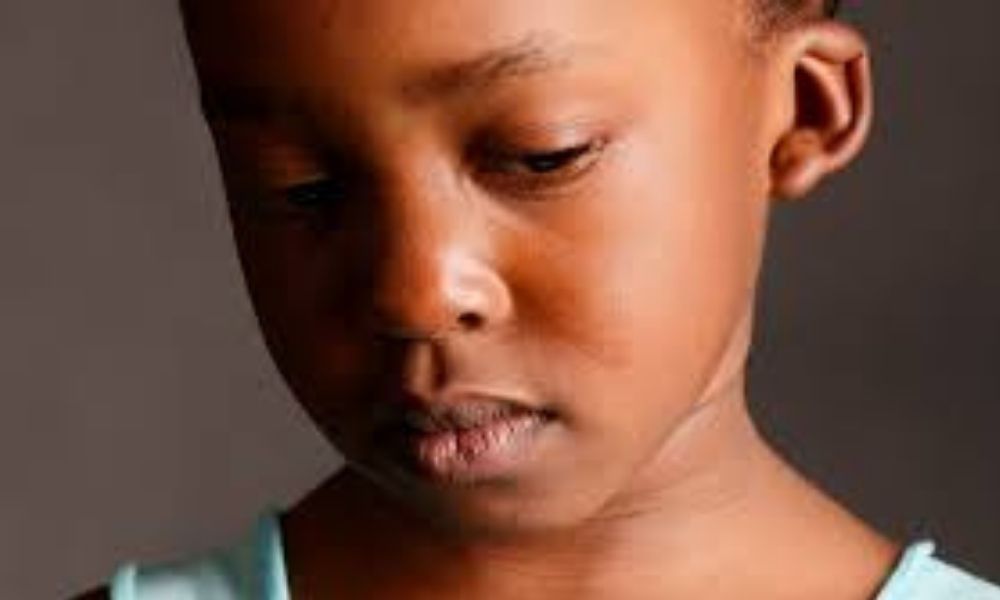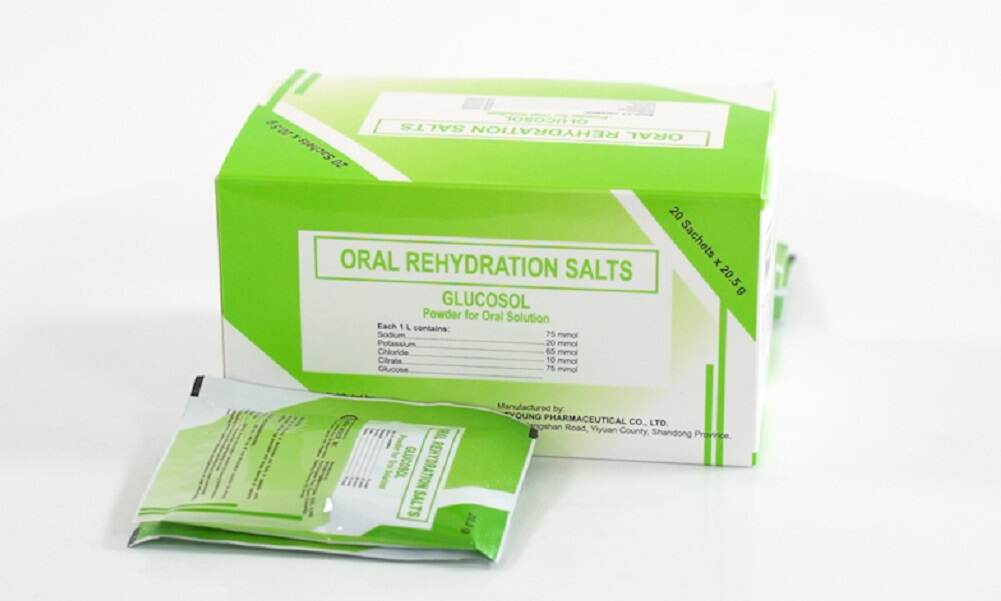Children who are victims of abuse struggle to cope in life mentally, emotionally, physically, and intellectually. Oftentimes, they have to live with the scars forever. Therefore, due to the increasing rate of child abuse and the stigmas attached, parents, guidance, and teachers must learn about the signs of child abuse. The knowledge of these signs guides you to give proper attention to a child exhibiting such signs.
However, child abuse applies to all gender, although more on the female child compared to the male. Therefore, child abuse is any act or behavior that can harm a child physically, emotionally, and psychologically. In other words, there are various types of child abuse. Oftentimes, done by someone the child knows and trusts, like a parent, caregivers, or family relatives.
Types of Child Abuse
1. Physical Abuse
Physical abuse is an action or behavior that harms a child physically, involving bodily contact. This includes, blows, hits, tie, throw, burns, push, flog and slap. Oftentimes, parents abuse their children physically by using violent methods of disciplining a child. Also, bullying at school is a form of physical abuse. However, the signs of a child abused physically are easily detected. These include;
- Physical injuries
- Bruises or burns
- Avoiding physical contact
- Several strips of marks on the body
- High alertness
- Frightened by the presence of specific individuals
- Refusal to change clothing in the presence of anyone
- Inappropriate dressing. Wearing clothes that don’t match the weather, just to cover the injuries.
- Crying when it’s time to go to a certain location.
2. Emotional Abuse
Emotional abuse doesn’t involve bodily contact, although it has some bodily effects. Therefore, actions or behavior that destroy a child’s self-esteem, inner feelings, and well-being are termed emotional abuse. For instance criticizing a child, hindering social interactions, public embarrassment, and the use of insultive languages decrease a child’s emotional well-being. In addition, yelling, or showing less affection to a child is considered emotional abuse. The signs of emotional abuse are;
- Emotional disorders such as anxiety and depression.
- Withdrawal from friends
- Poor academic performance
- Slow intellectual and emotional development
- Low self-esteem
- Speech problems
- Nonchalant and behaviors.
3. Sexual Abuse
Sexual abuse is the act of engaging in sexual activities with a child or encouraging inappropriate sexual behavior in a child. In other words, if the activity arouses the other person, even if the child is ignorant of this is deemed sexual abuse. This comprises fondling, masturbation, kissing, sexual intercourse, telling filthy jokes, forcing a child to undress, showing a child pornography or genitals. The signs of sexual abused includes:
- Torn underwears
- Bruises or injuries around genitals
- Blood in child’s underwear.
- Sexual behavior/knowledge inappropriate for a child.
- Attempted suicide
- Avoiding certain persons
- Difficulty in sitting or walking
- Running away from home
- Pregnancy or tested positive for sexually transmitted infections.
- Having sexual contact with other kids
- Poor physical coordination
4. Neglect Abuse
Neglect abuse is any act that deprives a child of his/her basic needs. When you abandon your child for a long time is also a form of neglect. Other forms are lack of access to clothing, food, and medical care. In addition, hawking, hard labor, and locking up a child indoors. Its signs are:
- Dirty appearance
- The use of hard drugs and alcohol
- Absence from school
- Overeating
- Seen saving good for later
- Always looking sick
- Says nobody looks after me
- Juvenile delinquency
- Poor academic performance
- Poor mental coordination
How to Help an Abused Victim
Having learned about the common signs of a child abuse it is best you know what action to take if you come across a victim.
1. Encourage the Child to Speak
The moment you discover the signs of a child abuse in a child’s life, don’t keep silent about it. Call that child and encourage him/her to speak up about what’s happening. Oftentimes, abused children keep what’s going on to themselves for fear that nobody may believe them. Therefore, showing that child you’re ready to help, makes them open up to you.
2. Take the Child to the Hospital
Don’t hesitate to seek medical care for a child who has been abused. Irrespective of what type of child abuse, medical attention is necessary to prevent other severe damages that may affect a child’s health as a result of the abuse.
3. Take the Child for Therapy
Most abused victims suffer from trauma and may never return to their normal way of living or reasoning. However, a therapist makes the healing process happen faster. It helps that child find a reason to live again and stay happy.
4. Don’t Confront the Abuser
It’s dangerous to confront the abuser of a child directly. Irrespective of who that person is. This is because you end up worsening the issue, putting the life of that child in danger. Likewise, your own life. You should play low and apply another method.
5. Call the Police
Child abuse is a criminal offense and calls for immediate action. So, while you don’t approach the abuser directly, it’s your responsibility to report any case of child abuse to the legal authority who can bring justice for that child. In essence, they ensure that abusers don’t go unpunished by the law.
6. Distance the Child From the Abuser
An abused victim is safer in the absence of the abuser. And get to heal faster from the hurts and pain sustain. It’s dangerous to allow the abuser to come closer to that child as it makes the child vulnerable to more harm.
Conclusion
Child Abuse can be eradicated if parents, teachers, and guidances are willing to be on the watch for the signs of child abuse mentioned in this article. Some signs are common to all the types of abuse, such as suicidal thoughts, withdrawal from friends, frightened at the presence of specific individuals, emotional disorders among others. However, it’s not compulsory to detect the type of child abuse before seeking help for that child.
In addition, share your own best possible ways to help an abused victim, in the comment section below.










0 Comments